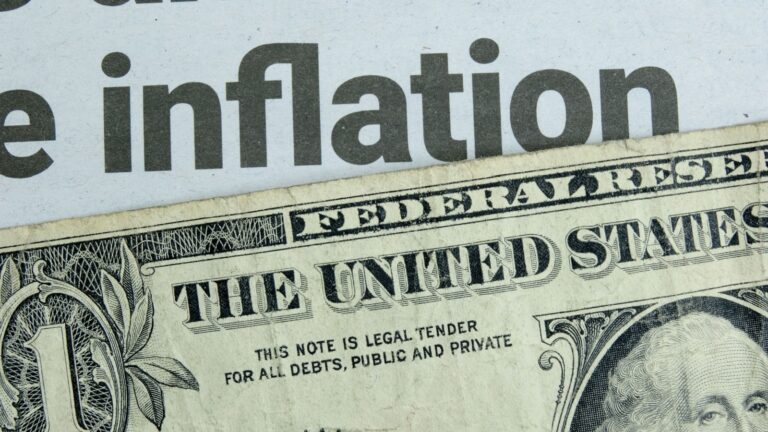No matter an investor’s confidence level in a particular position, not all stocks guarantee success. Some companies, despite their long-running blue-chip status, or consistent growth decade after decade, fail to adapt to a rapidly changing market.
This results in companies that, by all metrics of prior performance, should be stable investments. Yet, their future looks grim.
Of course, these extrapolations rest on the basis that a company’s valuation stems rationally from its revenue, profit margins and overall credibility. Unfortunately, this is not always the case and can result in investors rapidly deciding which dividend stocks to sell.
Thus, investors must be wary of long-time dividend-yielding companies that may no longer be able to sustain their returns to investors. After all, the cut or total loss of a position’s dividend can greatly diminish its ability to compound year-over-year, thus changing the strategy of holding it.
Depending on the overall trajectory and potential of a company, a cash-out could be better than holding on to dwindling returns.
Hormel Foods (HRL)

On one hand, consumers have trended towards protein-forward snacks and meals since social media made low-carb popular again. On the other, legacy food companies like Hormel Foods (NYSE:HRL) have failed to capitalize on the trend. In the specific case of HRL, its highly processed meat products like SPAM, bacon bits and pepperonis, to name a few, do not constitute healthy sources of protein.
Also, as the cost of all soft commodities rises with inflation, what was once an affordable, yet less healthy meal solution, is quickly approaching its value breakpoint.
This trend is obvious in HRL’s most recent earnings report for Q2 2024, which saw a revenue miss of 2.07%. HRL’s revenue managed to grow for the quarter by 0.87%, but its net profit margin tightened by 0.41%. While Hormel’s ship is by no means sinking, these potential cracks could lead to it taking on water eventually.
As a result, its respectable dividend yield of 3.65% for $1.12 per share annually could see a correction, as it did back in 2015.
Kohl’s (KSS)

With inflation eating into the bargain department store’s margins, Kohl’s’ (NYSE:KSS) recently unexpected losses have tanked its stock value. While likely disappointing to shareholders, the drop came as a result of a loss per share of 24 cents, rather than the forecasted 4 cents earning per share.
In defense of KSS stock, this happens. And in many ways, it seems unlikely for the company’s business model. That’s because KSS has always offered lower prices and in-store currency discounts to incentivize shoppers to choose its store. Thus, one would expect that the current consumer trend of frugality would boost KSS’ earnings.
Time will tell if this downtrend continues, but it could certainly impact KSS’ generous dividend if it does. Currently, the company offers a tremendous 8.93% dividend yield, paid out at 50 cents per share quarterly. However, Kohls cut its dividend as recently as 2020 and could again.
Campbell Soup Company (CPB)

At one point Campbell Soup Company’s (NYSE:CPB) products were so culturally influential that Andy Warhol decided to paint them. Since then, products like the company’s cream of mushroom soup and chicken noodle soup have remained relevant to the average American experience. This allowed CPB to become one of the steadiest providers of dividend yields on the market.
However, much like with the aforementioned Hormel Foods, the cost of inflation has led many consumers to debate whether or not CPB’s canned soups are worth the elevated price for an arguably low-quality product. Furthermore, to many, its canned soup products lack the perception of a healthy meal option, limiting its sales growth in an increasingly health-conscious market.
As a result, the soup maker’s key financial metrics were firmly in the red for its last quarterly earnings report. This has resulted in a 14% loss of CPB’s stock value over the last year. Thus, the company may constrict its dividend to remain financially solvent.
On the date of publication, Viktor Zarev did not have (either directly or indirectly) any positions in the securities mentioned in this article. The opinions expressed in this article are those of the writer, subject to the InvestorPlace.com Publishing Guidelines.
